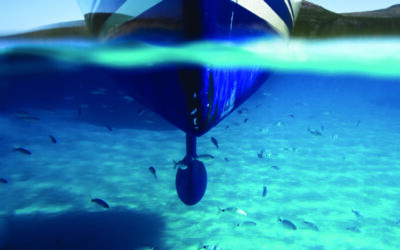Additives To Prevent Coating Defects Caused By Film Dewetting
Many surface defects, such as fisheyes, edge pull, and retraction are caused when the liquid film dewets after application. Application of the coating by brush, roller, or spray may effectively ... Read More…




